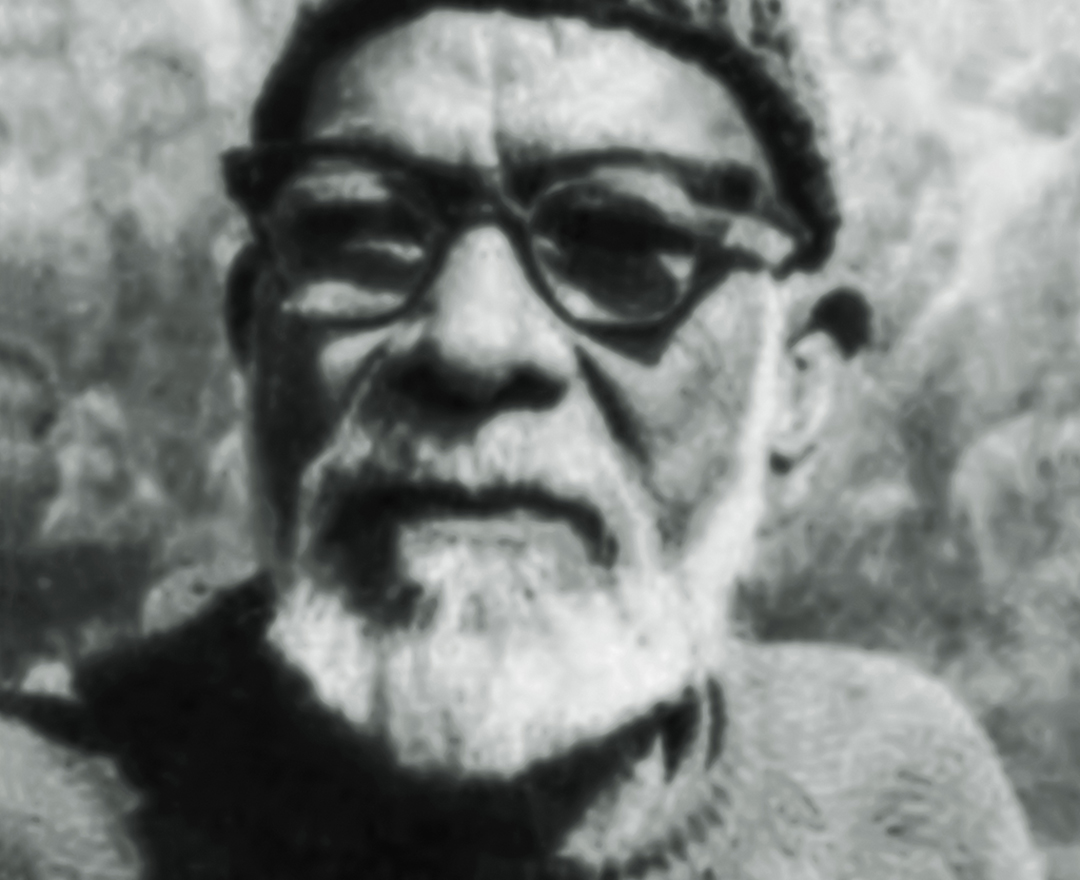Ustad Allah Bux
Ustad Allah Bux
Ustad Allah Bux
|
1892 - 1978 Ustad Allah Bux |

‘Bux explored a variety of subjects during his early years as a painter. Before Partition, he was well-known for his representations of Krishna, though he also engaged in landscape and portrait painting’
M. SIRHANDI
artworks





